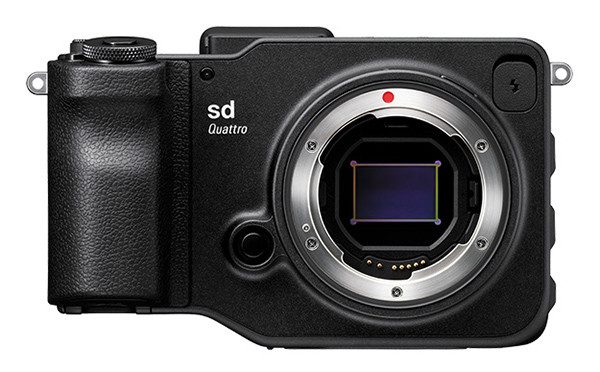The Sigma sd Quattro is the first mirrorless interchangeable lens camera released to feature a Foveon X3 Direct Image Sensor. Matching the APS-C format Quattro sensor first seen in the dp Quattro line with a mount that accepts all Sigma SA-mount lenses in the Art, Sports and Contemporary line (along with many older Sigma lenses) is a potent pairing for photographers who demand the utmost in image purity combined with the flexibility to pair the camera with a wide range of Sigma interchangeable lenses.
Replacing the SD1 Merrill in the camera lineup, the sd Quattro eschews a through-the-lens optical viewfinder; instead, eye-level visualization is achieved through a 2.6 million dot Electronic Viewfinder. The rear Live View LCD packs 1.3 million dots, and a three-way switch allows photographers to choose either viewer manually, or for automatic EVF operation when the camera is raised to the eye.
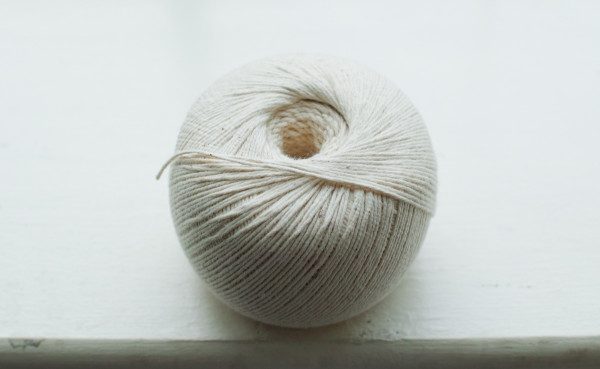
The quattro-generation X3 Direct Imaging Sensor, first seen in the dp-series compacts, is a three layer sensor that packs 19.9 megapixels in the top sensor and 5 megapixels in the middle and bottom sensor. The top layer captures luminance information for each of the primary color channels, as well as blue channel Chrominance information. The middle layer collects red chrominance information and the bottom layer collects green channel chrominance. This unique sensor architecture maximized detail and color information while minimizing data redundancy for swifter processing to 14-Bit X3F Raw files or in-camera JPEGs.

Autofocus on the sd Quattro pairs both contrast detection and phase detection for swift response in both single and continuous mode, and the nine focusing points can be varied from point to wide area focus zones. Thanks to the LCD displays, focus peaking—which gives the “marching ants” effect to highlight the zones in focus—is a option, and can be switched between four settings; helpful in a variety of photo situations.
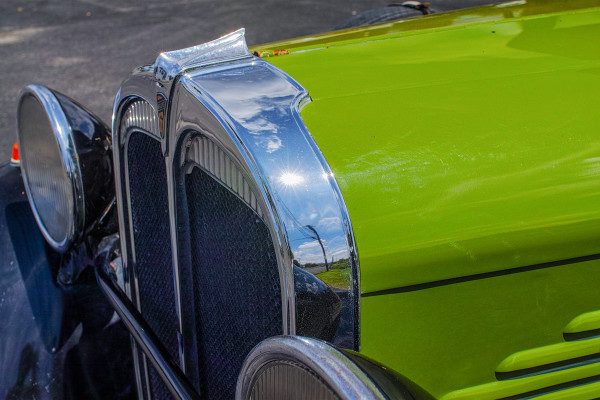
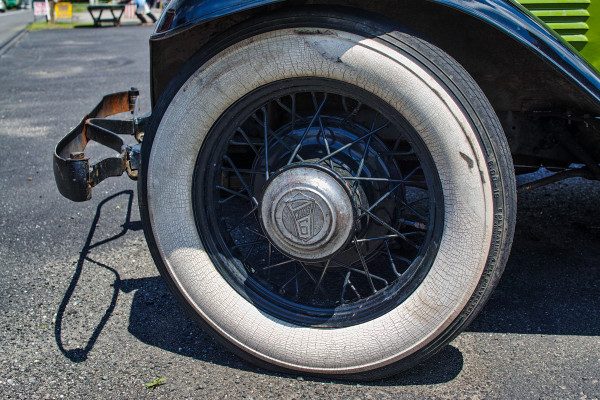
In the hands, the camera feels good, solid, and well-crafted. Buttons, dials, and switches provide the right amount of resistance without feeling rigid. Curiously, the primary On-Off switch is on the lens mount barrel; and many users, including myself, may find themselves needing to catch themselves from accidentally turning the camera on and off when intending to switch a lens to manual focus. While larger than the dp Quattro cameras, it is very well balanced and feels very natural in the hands at eye level.
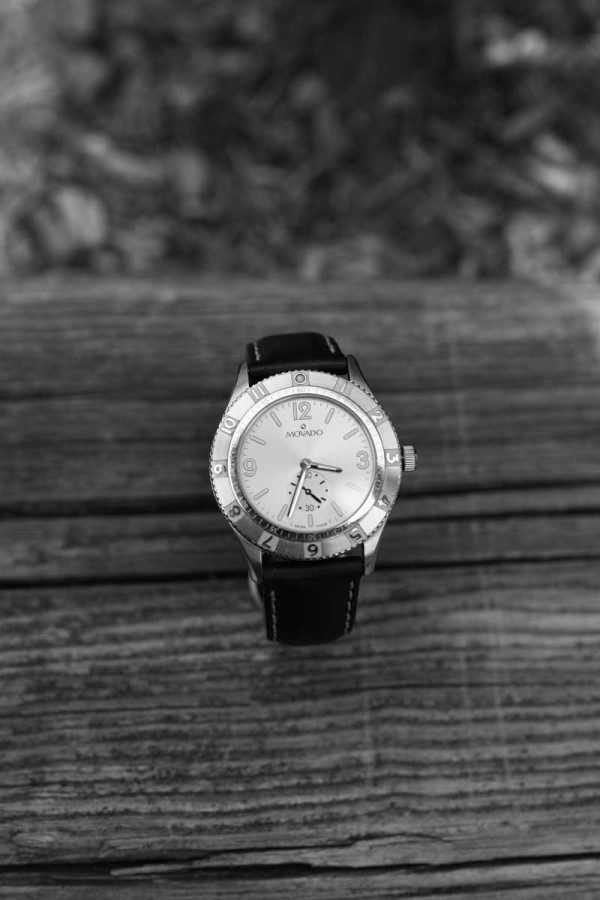
The wide-format LCD on the rear of the camera is split into two zones: the Image zone, and the settings zone. Fans of the dp series will notice that there are more dedicated buttons for certain operations, such as ISO, that helps to simplify the in-camera Quick Settings interface, thanks to the larger size and increased real estate on the camera.
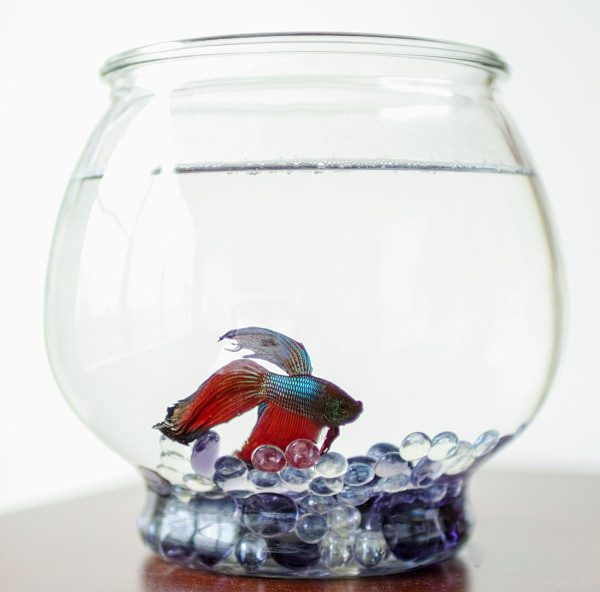
I’ve spent the past few weeks working with the sd Quattro paired with the 30mm F1.4 DC HSM | Art lens, and this is a potent combination of compact design and total image sharpness. At the lowest ISOs, the sd Quattro produces the stunning image that are the hallmark of the Foveon sensor. We are talking about images with an exceptional presence, incredible detail and tonal gradations, and a tactile quality that truly needs to be writ large to be fully appreciated. With the sd Quattro camera, the focus is on the quality of each image captured, not the sheer volume of photos that can be burst-blitzed in a mega-frames-per-second explosion to be sifted through. This is a camera designed for methodical photography. The focus is on making each image count. That being said, the sd Quattro is much faster shot to shot (and in file writing time), than the SD1 Merrill, while adding 30% more pixels and increased resolving power to the equation. But do keep in mind, it is best compared to medium-format systems in terms of performance. These gorgeous images record a ton of color and detail information, and this does take some time.

The sd Quattro introduces a new RAW file type, the X3I, which encapsulates seven X3F files captured at one EV spacing, to create a single output image with incredible detail and virtually no noise anywhere in the tonal range, thanks to the extended dynamic range process. Captured exclusively at ISO 100, this is a process that is designed for photorealism and noise elimination across a very wide dynamic range and high-end architectural and real estate photographers in particular will appreciate the total dynamic range enhancements, perfect for showcasing interior detail and exterior views in a single, crisp photo.
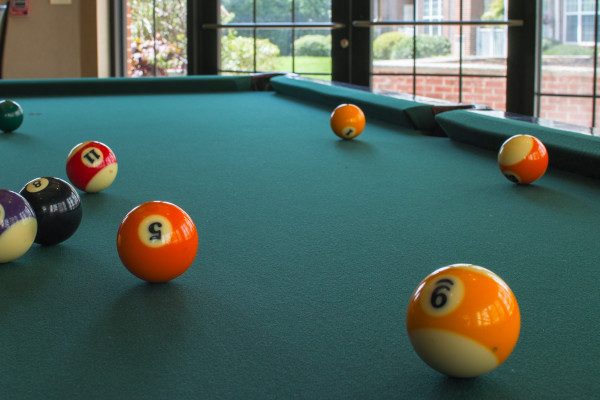
Obviously, as a multi-shot format, this is best accomplished with a tripod or other solid stabilizer to ensure shot alignment; and either the remote cable, timer release, or Sigma Capture Pro should be employed to avoid introducing camera-touch movement into the frame. We will cover SFD photography tips and HDRI photography with the sd Quattro in much greater detail in a follow-up blog posting.
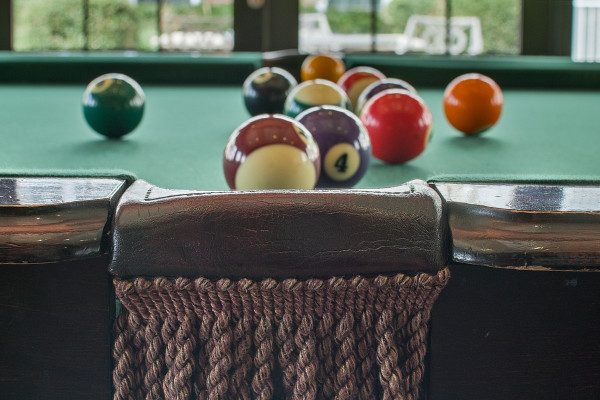
Other key features and upgrades worth noting include HDMI port, USB 3.0 port for Sigma Capture Pro operation and direct image download, and high-speed focal-plane flash operation up to 1/4000 second with the new EF-630 flash. The pc sync terminal allows maximum x-sync of 1/180.
The Sigma sd Quattro is far and away the most impressive interchangeable lens camera to pack a Foveon sensor to date. The combination of cool modern design and total image quality will appeal to both longtime Sigma DSLR fans, as well as newcomers who have come to discover the tactile feel and stunning visual characteristics that are the hallmark of the Foveon sensor at the heart of Sigma imaging technology. All Sigma Art lenses are designed with and tested on Foveon sensors, which is why these lenses are so sharp and crisp. And when paired with the sd Quattro, the 30mm F1.4 DC HSM | A is a modern classic.
